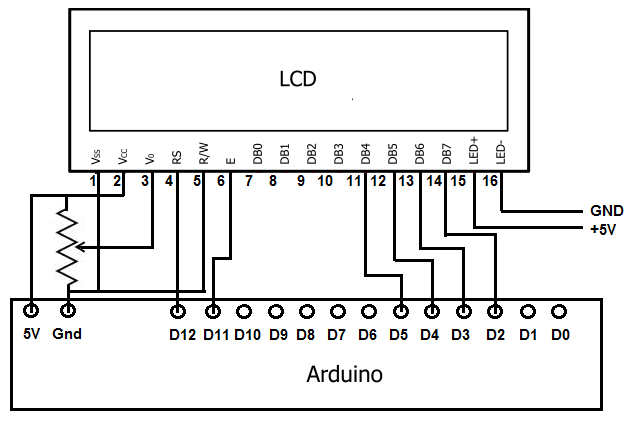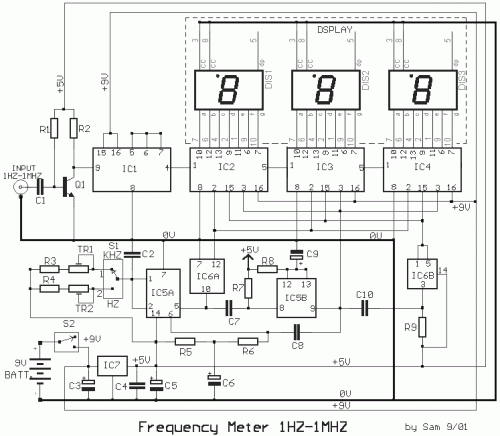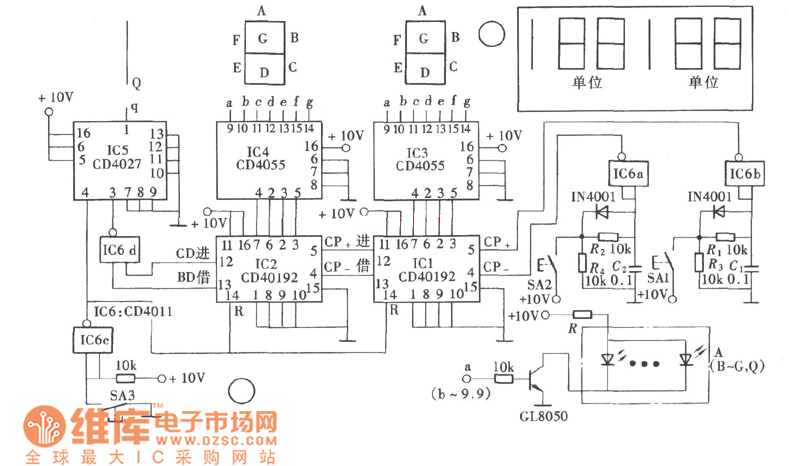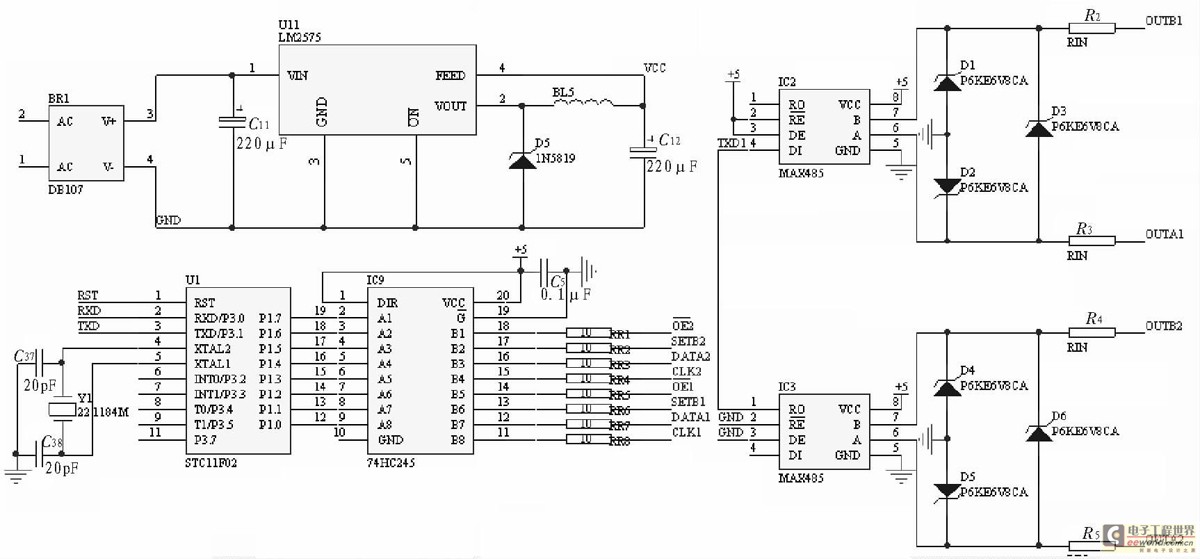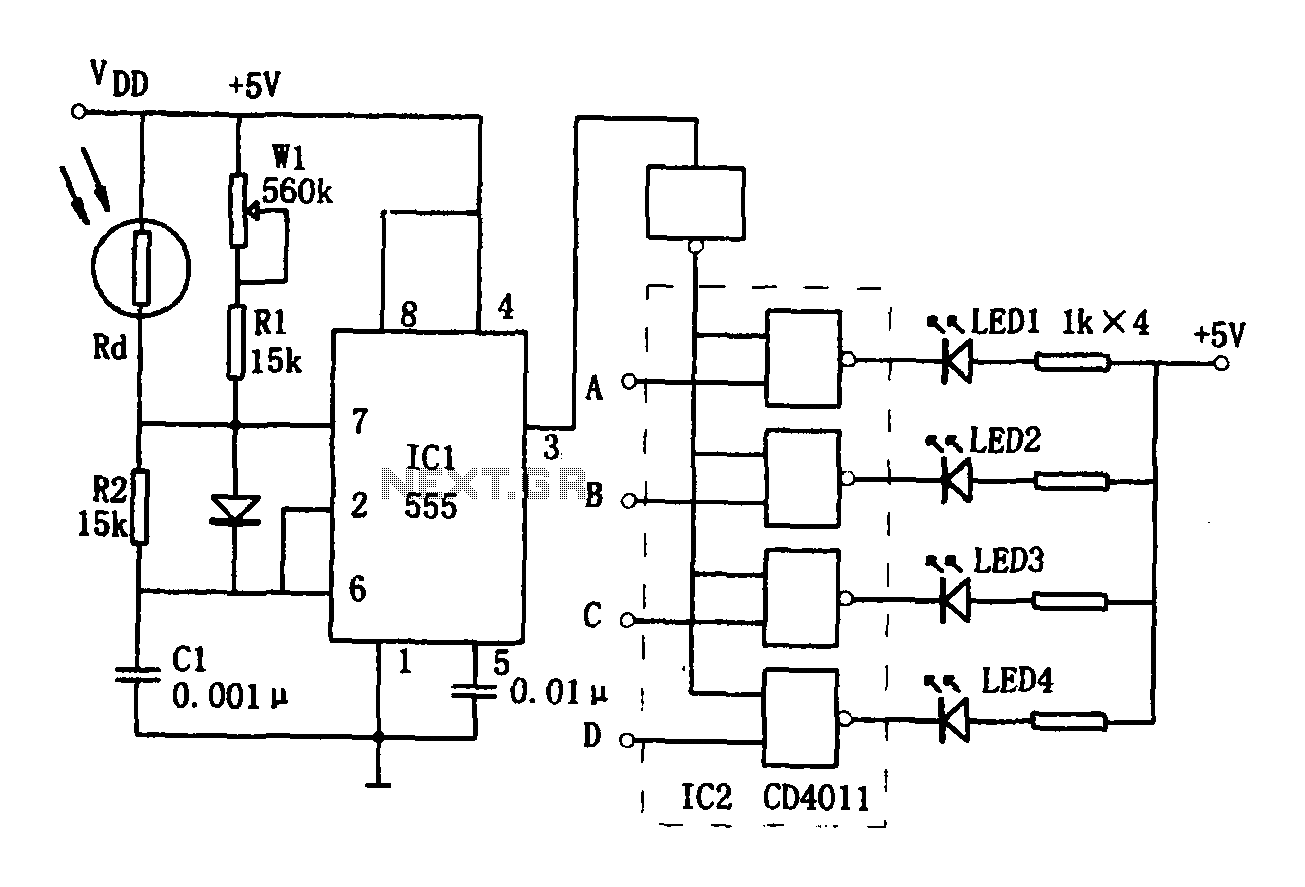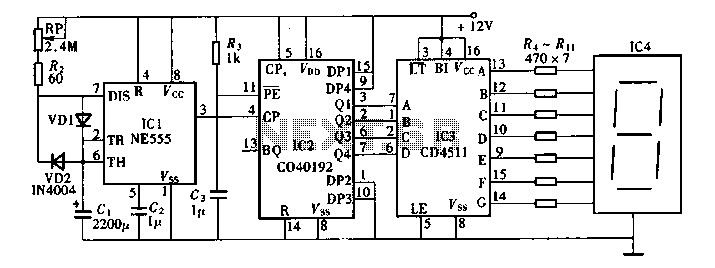
5x7 DISPLAY
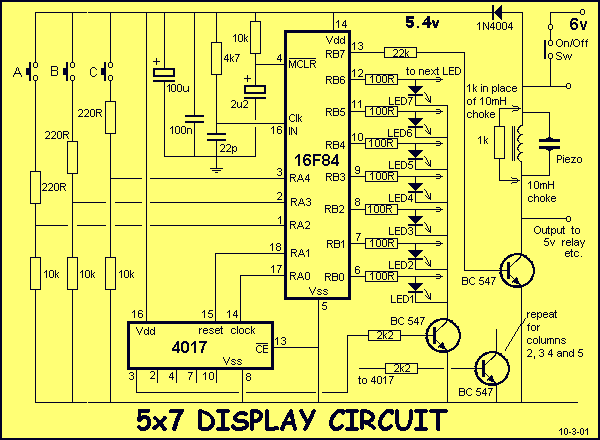
You must be able to recognise components such as capacitors, diodes, zeners, transistors and resistors to build a 5x7 Display project. This information is covered in our BASIC ELECTRONICS course and a complete set of circuit symbols can be found HERE.
To successfully construct a 5x7 display project, a solid understanding of various electronic components is essential. This project typically involves the use of a matrix of LEDs arranged in a 5 rows and 7 columns format, allowing for the display of alphanumeric characters and simple graphics.
Key components required for this project include:
1. **Capacitors**: These components are used for filtering and stabilizing power supply fluctuations. They can help maintain a steady voltage level across the display.
2. **Diodes**: Standard diodes may be used to prevent reverse polarity connections, while Zener diodes can be employed for voltage regulation, ensuring that the display operates within its specified voltage range.
3. **Transistors**: As switches or amplifiers, transistors can control the current flowing to the LED matrix, allowing for individual or grouped LED activation based on the desired display output.
4. **Resistors**: Resistors are crucial for limiting current to the LEDs, preventing them from burning out. Proper resistor selection based on the LED specifications is vital for the longevity and reliability of the display.
5. **Microcontroller or Driver IC**: A microcontroller or a dedicated LED driver IC can be utilized to control the multiplexing of the display, enabling the illumination of specific LEDs in accordance with the input data.
The schematic for the 5x7 display will typically include connections for each LED in the matrix, along with the necessary resistors, transistors, and control signals from the microcontroller or driver. Each row and column will be connected to a control pin, allowing the microcontroller to activate specific rows and columns in sequence to create the desired display effect.
Familiarity with circuit symbols and the functionality of each component is critical for assembling the circuit correctly and troubleshooting any issues that may arise during the construction and operation of the display project.You must be able to recognise components such as capacitors, diodes, zeners, transistors and resistors to build 5x7 Display project. This information is covered in our BASIC ELECTRONICS course and a complete set of circuit symbols can be found HERE.
🔗 External reference
To successfully construct a 5x7 display project, a solid understanding of various electronic components is essential. This project typically involves the use of a matrix of LEDs arranged in a 5 rows and 7 columns format, allowing for the display of alphanumeric characters and simple graphics.
Key components required for this project include:
1. **Capacitors**: These components are used for filtering and stabilizing power supply fluctuations. They can help maintain a steady voltage level across the display.
2. **Diodes**: Standard diodes may be used to prevent reverse polarity connections, while Zener diodes can be employed for voltage regulation, ensuring that the display operates within its specified voltage range.
3. **Transistors**: As switches or amplifiers, transistors can control the current flowing to the LED matrix, allowing for individual or grouped LED activation based on the desired display output.
4. **Resistors**: Resistors are crucial for limiting current to the LEDs, preventing them from burning out. Proper resistor selection based on the LED specifications is vital for the longevity and reliability of the display.
5. **Microcontroller or Driver IC**: A microcontroller or a dedicated LED driver IC can be utilized to control the multiplexing of the display, enabling the illumination of specific LEDs in accordance with the input data.
The schematic for the 5x7 display will typically include connections for each LED in the matrix, along with the necessary resistors, transistors, and control signals from the microcontroller or driver. Each row and column will be connected to a control pin, allowing the microcontroller to activate specific rows and columns in sequence to create the desired display effect.
Familiarity with circuit symbols and the functionality of each component is critical for assembling the circuit correctly and troubleshooting any issues that may arise during the construction and operation of the display project.You must be able to recognise components such as capacitors, diodes, zeners, transistors and resistors to build 5x7 Display project. This information is covered in our BASIC ELECTRONICS course and a complete set of circuit symbols can be found HERE.
🔗 External reference
